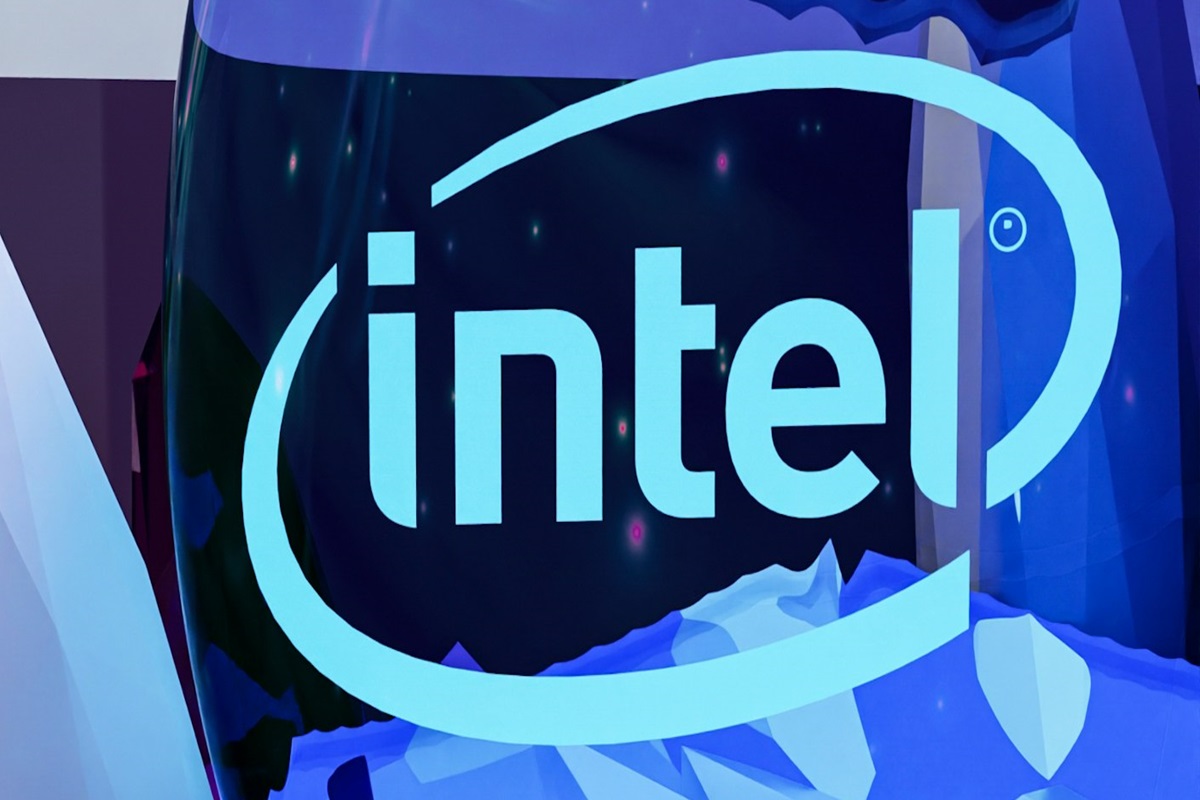Intel’s share price on Friday, April 26, at the premarket showed a significant decline of more than 7% after the company’s pessimistic sales forecast for the second quarter of 2024 testified that the so-called artificial intelligence boom reduces consumer spending on microcircuit for traditional data centers and computer chips.

Since the beginning of the current year, the cost of the securities of the mentioned firm has fallen by about 30%. This negative dynamic is largely because in the area of manufacturing chips and components for artificial intelligence and digital products based on advanced technology, Intel is significantly inferior to some of its competitors, the main of which is Nvidia. Shortly, this gap is unlikely to be eliminated.
Intel predicts that its revenue for the second quarter of 2024 will range from $12.5 billion to $13.5 billion. At the same time, the consensus forecast of LSEG analysts provided that this figure would be fixed at $13.57 billion.
Experts of the Bernstein research company in their note underlined that Intel is doing everything possible to correct the state of affairs that determines the current condition of the company, but at the same time, in their opinion, it will take years for the results of the firm’s grueling efforts to improve the present situation to materialize. Analysts also said that the brand is nowadays in a profound crisis.
Intel intends to invest $100 billion in projects to build and expand factories in four US states. Moreover, this year the company presented a new artificial intelligence chip. This microcircuit reflects Intel’s attempts to close the gap with competitors in the fast-growing AI industry.
Currently, the company, as part of its production activities, focuses on spending on advanced and high-speed artificial intelligence server chips. The appropriate allocation of priorities has become a factor in the negative impact on the firm’s business of making central processing units. It is worth noting that the mentioned products have been a major component of data centers for decades.
Intel expects that the next cycle of updating personal computers to a new version of the Microsoft Windows operating system will be the driving force behind sales growth of the corresponding devices in the second half of 2024. If this forecast comes true, the level of consumer demand for the company’s chips used in PCs is likely to increase.
Currently, Intel’s performance is in significant contrast to similar indicators of such technology giants as the already above-mentioned Microsoft, Nvidia, and Google. It is worth noting that nowadays many companies are developing their own chips for data centers. The experience of the coronavirus era, when disruptions in supply chains were recorded and the risk of a repeat of such a scenario amid increased tensions in the plane of geopolitical relations, is one of the main reasons for the specified efforts. A kind of autonomy in ensuring production needs in the context of the current modification of economic reality and the present global state of affairs in measuring the political aspect is a guarantee of business sustainability and improves the relevant prospects.
Last Thursday, April 25, Intel released data on its financial results for the first quarter of 2024. The company’s revenue for January-March of the current year amounted to $12.7 billion. This indicator showed an increase of 9% compared to the result for the same period in 2023.
Also in the first quarter of 2024, Intel recorded a net loss of $400 million. It is worth noting that for the same period last year, this figure amounted to $2.8 billion.
Intel CEO Pat Gelsinger, during a telephone conversation with investors, stated the need to focus on the company’s long-term potential. According to him, this firm is one of two or maybe three manufacturers in the world that can continue to enable next-generation chip technologies.
It is worth noting that the company has separated its microcircuits-producing business into a separate functional structure called Intel Foundry. The revenue of the mentioned unit for the first quarter of 2024 amounted to $ 4.4 billion. This indicator fell by 10% compared to the result for the same period last year. Also in the first quarter of 2024, Intel Foundry recorded an operating loss of $2.5 billion.
In March, Intel reported an expectation that the foundry’s operating loss for the past year would amount to $7 billion.
The company’s largest business continues to be making chips for personal computers and laptops. In the first quarter of 2024, sales of the corresponding products in monetary terms amounted to $7.5 billion. This indicator increased by 31% year-on-year.
The company’s sales in the Data Center and AI business, which includes central processors for servers, other components, and software, amounted to $3 billion in monetary terms in the first quarter of 2024. This indicator increased by 3% compared to the result for the same period last year.
Moreover, Pat Gelsinger expects Intel’s revenue from the sale of Gaudi series chips for 2024 to be more than $500 million. In this context, he noted that, in his opinion, the monetization of artificial intelligence begins when advanced technology transforms enterprises. Pat Gelsinger is also optimistic about the prospects for interaction with enterprise AI clients.
One of Intel’s competitors, Advanced Micro Devices (AMD), predicts that this year its revenue from the sale of artificial intelligence chips will amount to $3.5 billion. This figure significantly exceeds similar expectations of the company headed by Pat Galsinger.
Matthew Bryson, an analyst at Wedbush, says Intel is still very much a so-called show-me story. At the same time, the expert noted that there is skepticism about the company’s ability to fulfill its tasks after the publication of the next quarter’s report, which states the fact that the firm has not delivered its previous responsibilities and at the same time contains promises of significant efficiency growth in the future.
As we have reported earlier, Intel Survives Bid to Halt Millions in Sales to China’s Huawei.









